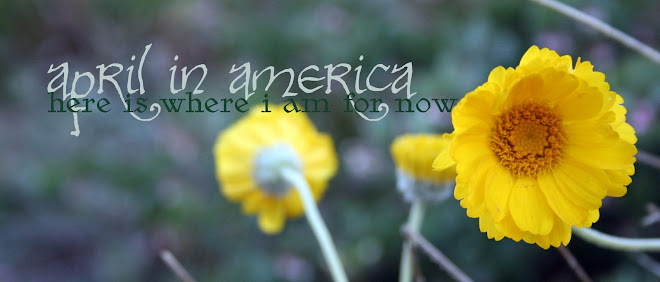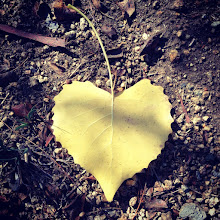This past Friday, we went on a field trip to a huge botanical garden that specializes in California Natives. I had a heydey with photos. Unfortunately, having to learn the names of everything takes half the fun out of it--i'll remember the water needs, colors, and growth habit, and maybe one name, but it's taking the pudding out of me to remember both common name and latin name of all these suckers! Quiz on Monday!

This is Louisia. It's an alpine plant from around the timberline in the California Sierras. I have to look up the rest of the name because i misspelled it in my sketchbook. :( Edit: This is Lewisia cotyledon.
This beauty is Baccharis pilialaris 'chablis', also known as Dwarf Variegated Coyote Brush. It's a nice-sized shrub with interesting foliage, and it smells good when the leaves are crushed or if something brushes up against them.
Want to plant California natives in your garden? The Rancho Santa Ana Botanical Garden specializes in them and has plant sales a few times a year. Tree of Life Nursery is also a good source. I'm learning about other nurseries on a few upcoming field trips. Ask your local nursery about native plants--they attract birds and butterflies too.
Want to plant California natives in your garden? The Rancho Santa Ana Botanical Garden specializes in them and has plant sales a few times a year. Tree of Life Nursery is also a good source. I'm learning about other nurseries on a few upcoming field trips. Ask your local nursery about native plants--they attract birds and butterflies too.











No comments:
Post a Comment